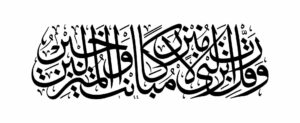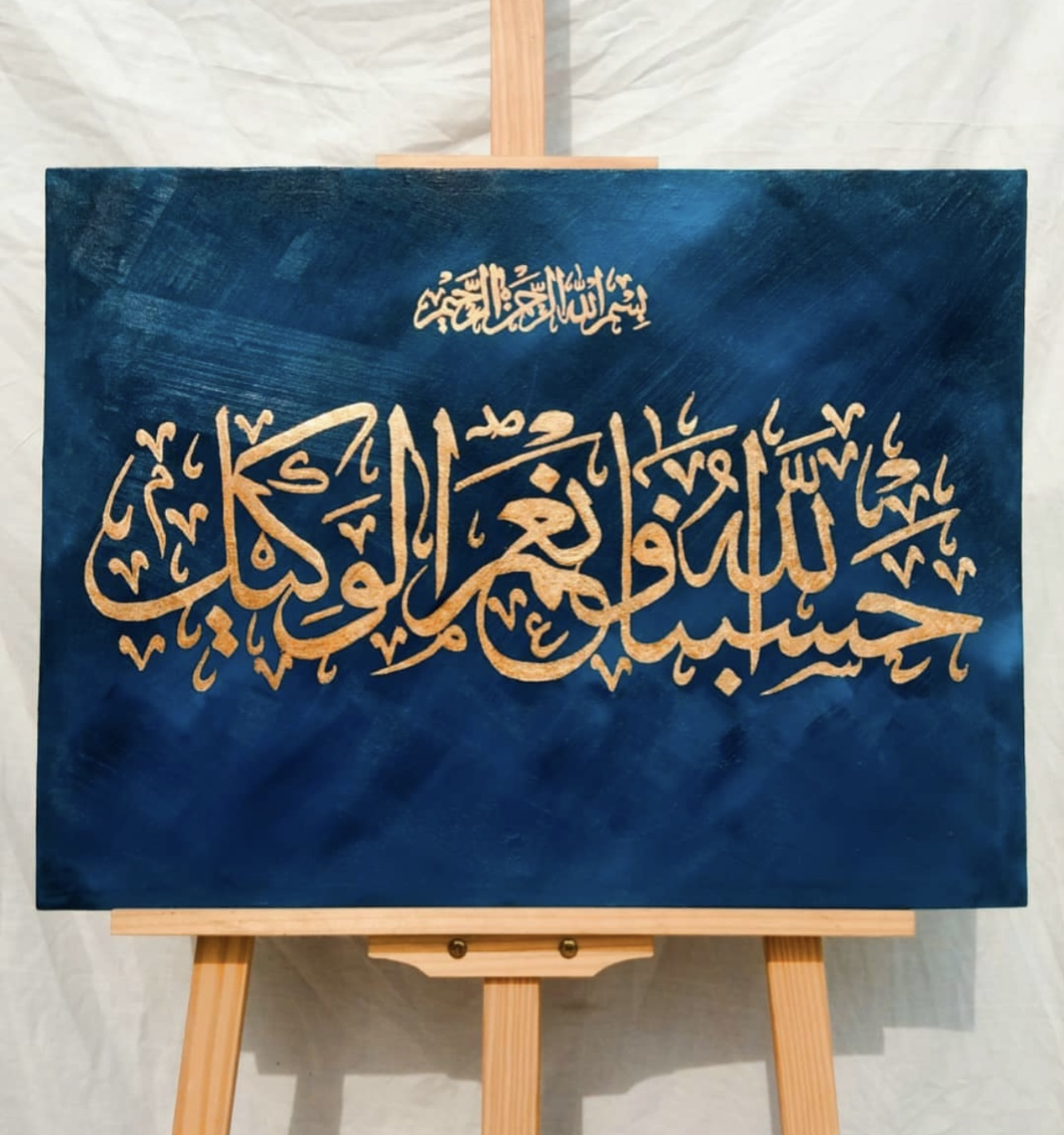In the Gulf countries, where rich cultural heritage and modern luxury intersect, calligraphy plays a significant role in the interior design of luxury properties. Here’s how calligraphy enhances the aesthetic and cultural value of high-end interiors in this region: (Role of Calligraphy Gulf Countries)

1. Cultural and Artistic Expression
Calligraphy is deeply rooted in Islamic culture and art. In the Gulf countries, incorporating calligraphy into interior design serves as a bridge between traditional values and contemporary aesthetics. Arabic calligraphy, in particular, is not only an art form but also a way to convey meaningful messages, often derived from Quranic verses, poetry, or wise sayings. This adds a layer of cultural and spiritual depth to the interiors of luxury properties.
2. Aesthetic Enhancement
The intricate and flowing designs of calligraphy bring a unique aesthetic appeal to luxury interiors. Whether through murals, wall art, or decorative pieces, calligraphy can create focal points that draw the eye and add sophistication to the space. The elegance of calligraphic art complements the opulent materials and finishes typically found in luxury properties, such as marble, gold, and fine textiles.
3. Customization and Personalization
Luxury properties in the Gulf region often emphasize exclusivity and personalization. Calligraphy allows for bespoke design elements tailored to the preferences and identities of the property owners. Custom calligraphic pieces can include personal names, family mottos, or specific verses that hold special meaning, making the space uniquely theirs.
4. Integration with Modern Design
Contemporary interior designers in the Gulf countries skillfully integrate calligraphy with modern design elements. This fusion creates a harmonious blend of tradition and innovation, appealing to both local and international tastes. For instance, calligraphy can be incorporated into modern art pieces, furniture design, or even architectural elements, such as screens and partitions, to enhance the overall aesthetic without compromising on cultural significance.
5. Symbol of Prestige and Luxury
Calligraphy, especially when done by renowned artists, is considered a symbol of prestige and luxury. Displaying such art in luxury properties signals a high level of sophistication and appreciation for fine arts. It reflects the owner’s cultural pride and affluence, adding to the property’s status.
6. Spiritual and Emotional Connection
Incorporating calligraphy that includes religious or inspirational texts can create a serene and reflective atmosphere in luxury homes. This spiritual connection is particularly valued in the Gulf countries, where many people seek to balance opulence with mindfulness and faith.
Conclusion
In the Gulf countries, calligraphy is more than just decorative art; it is an integral part of the cultural identity and aesthetic landscape. Its role in the interior design of luxury properties is multifaceted, providing cultural enrichment, aesthetic beauty, personalization, and a connection to tradition. By blending calligraphy with modern design principles, luxury properties in the Gulf region achieve a unique and sophisticated ambiance that resonates with both heritage and contemporary elegance.
follow us
contact us









